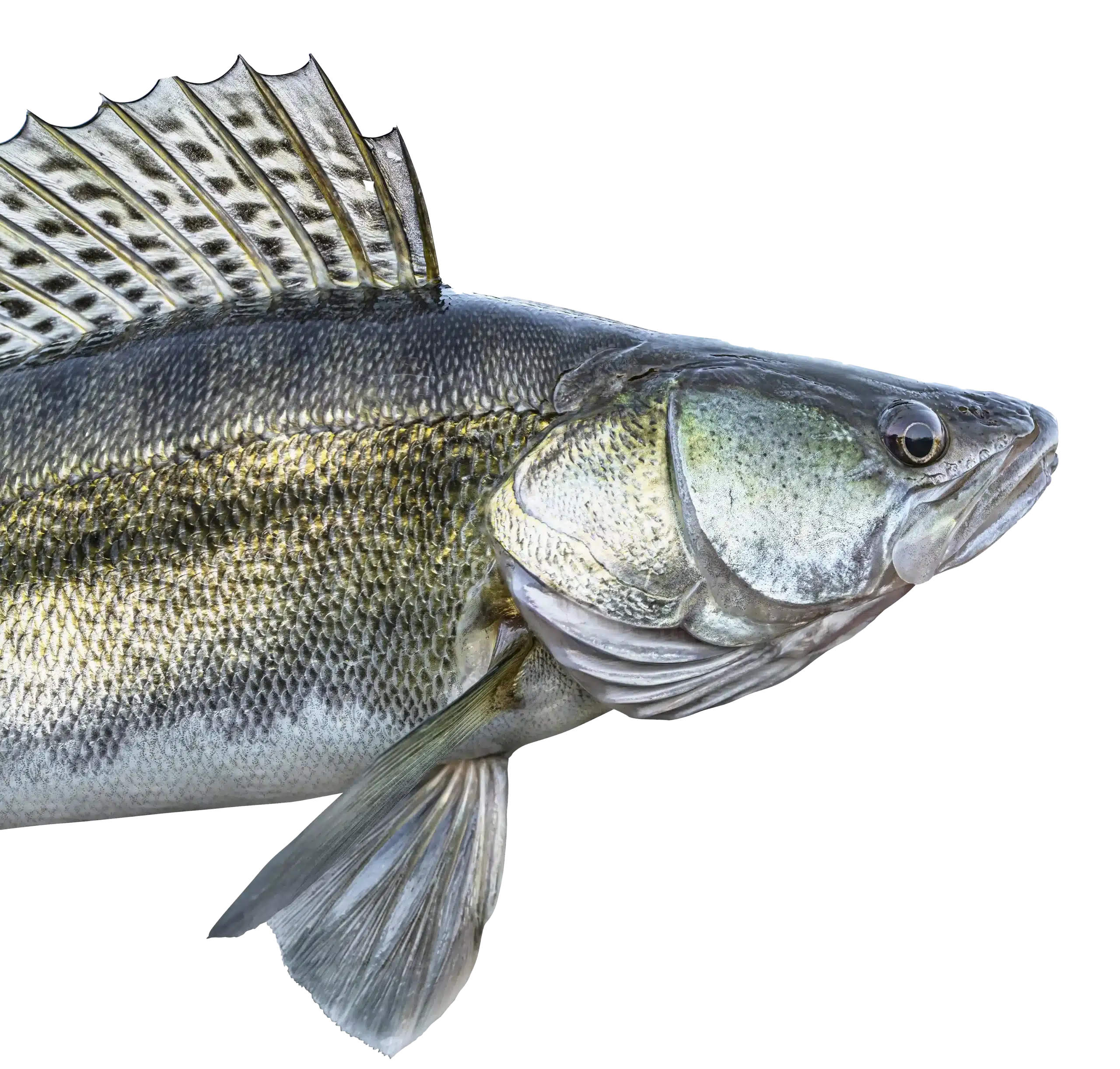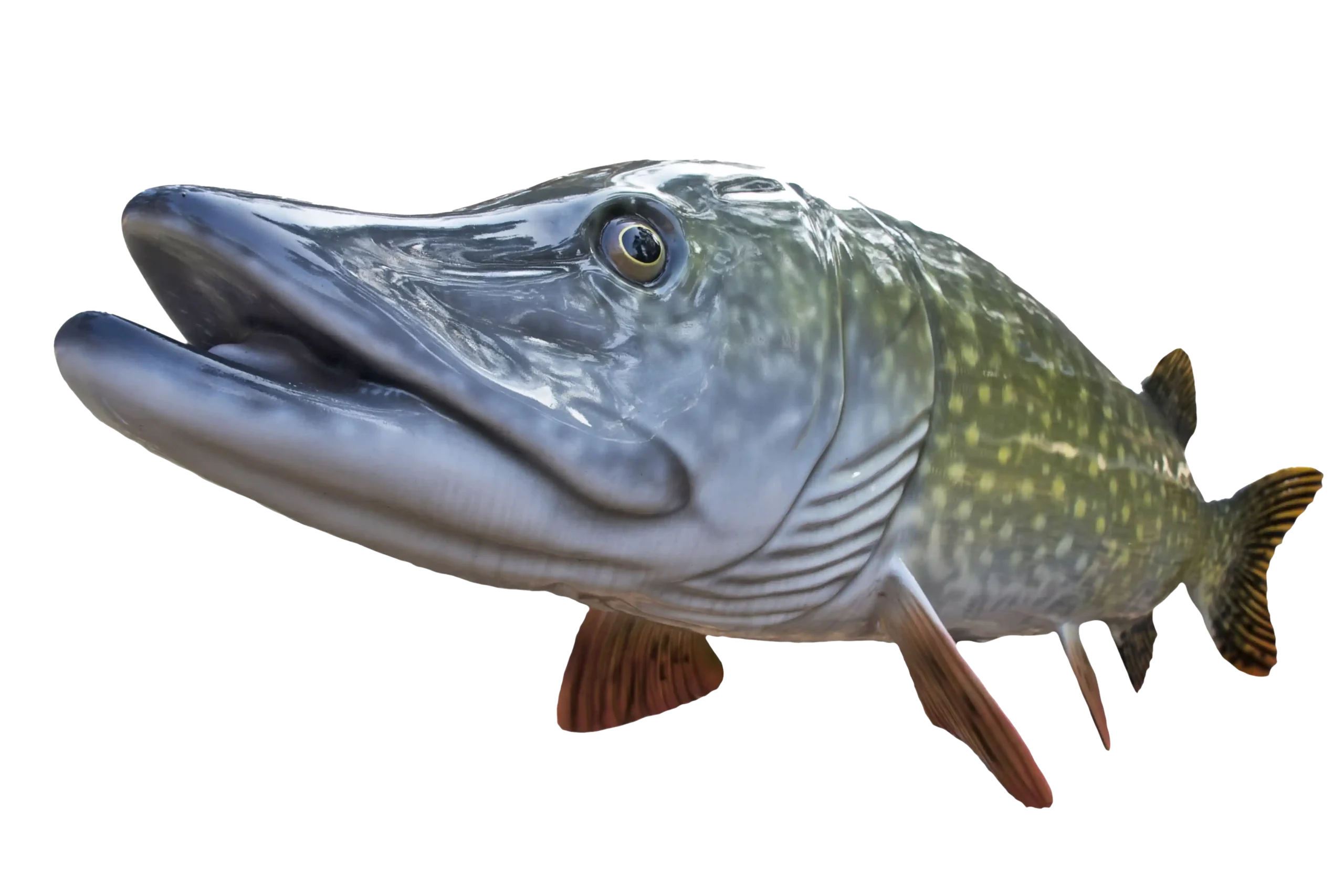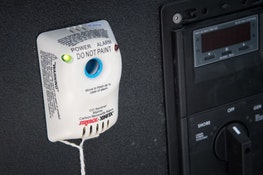

MTT. Minnesota Tournament Trail
NWT. National Walleye Tour
AIM. Angler’s Insight Marketing
Chili Bowl, Border View Lodge
Arnesen’s, Summer Tournament
River Bend Resort, Ladies tournament
Zippel Bay Resort, Northern Pike Tournament
AND MORE!

Minnesota is the first state in the nation to require carbon monoxide detectors and warning stickers on certain boats. Sophia’s Law, named after 7-year-old Sophia Baechler, who died tragically from carbon monoxide poisoning while on her family’s boat, took effect May 1.
Carbon monoxide is a hidden danger as the deadly gas is odorless, invisible and closely mimics signs of intoxication or seasickness. Even at low levels, carbon monoxide can be lethal.
Under the law, functioning, marine-grade carbon monoxide detectors must be installed in recreational motorboats with a designated sleeping accommodation, a galley area with a sink, and a toilet compartment. For all gasoline-powered motorboats with an enclosed occupancy compartment, three carbon monoxide warning stickers are required. The stickers must be attached at the helm, the enclosed occupancy space and the stern.
Motorboats, regardless of fuel type, must have a functioning marine CO detector if they have an enclosed accommodation compartment, which is defined as a motorboat with all of the following:
Enclosed occupancy compartment is defined as:
One contiguous space surrounded by boat structure that may be occupied by a person
If your boat just has an occupancy compartment you are not required by law to have a CO detector in the space, however, it is highly recommended for the safety of all passengers that a detector be placed in any enclosed compartment.
A detector shall be located to monitor the atmosphere in the main cabin and each sleeping area per the American Boat and Yacht Council A-24 Standard. Supplementing with additional low level CO monitors will alert passengers sooner of the presence of carbon monoxide which can be harmful at low levels/under 30ppm.
A detector is not required in head (toilet) compartments or in sleeping areas separated by open or non-permanent structure.

Qualified marine carbon monoxide detectors must have the words “Marine Carbon Monoxide Detector” on the detector or on the product literature.
Marine CO detectors must meet ABYC standard A-24 , July 2015 which specifies that detectors must be listed for marine use, including certification by an independent party. 
In a quick search, marine CO detectors are available with a 7 year battery for under $100.
There have been many instances when carbon monoxide has been the cause of some very harrowing or in some cases, fatal episodes on the water, including Lake of the Woods. For some, a law like Sophia’s Law may seem like one more regulation for boaters. In reality, it will absolutely save lives. You know what they say about an ounce of prevention.
Boating and fishing go hand in hand. When out on the water this year, make sure you are as safe as possible but this year, legal as well.

